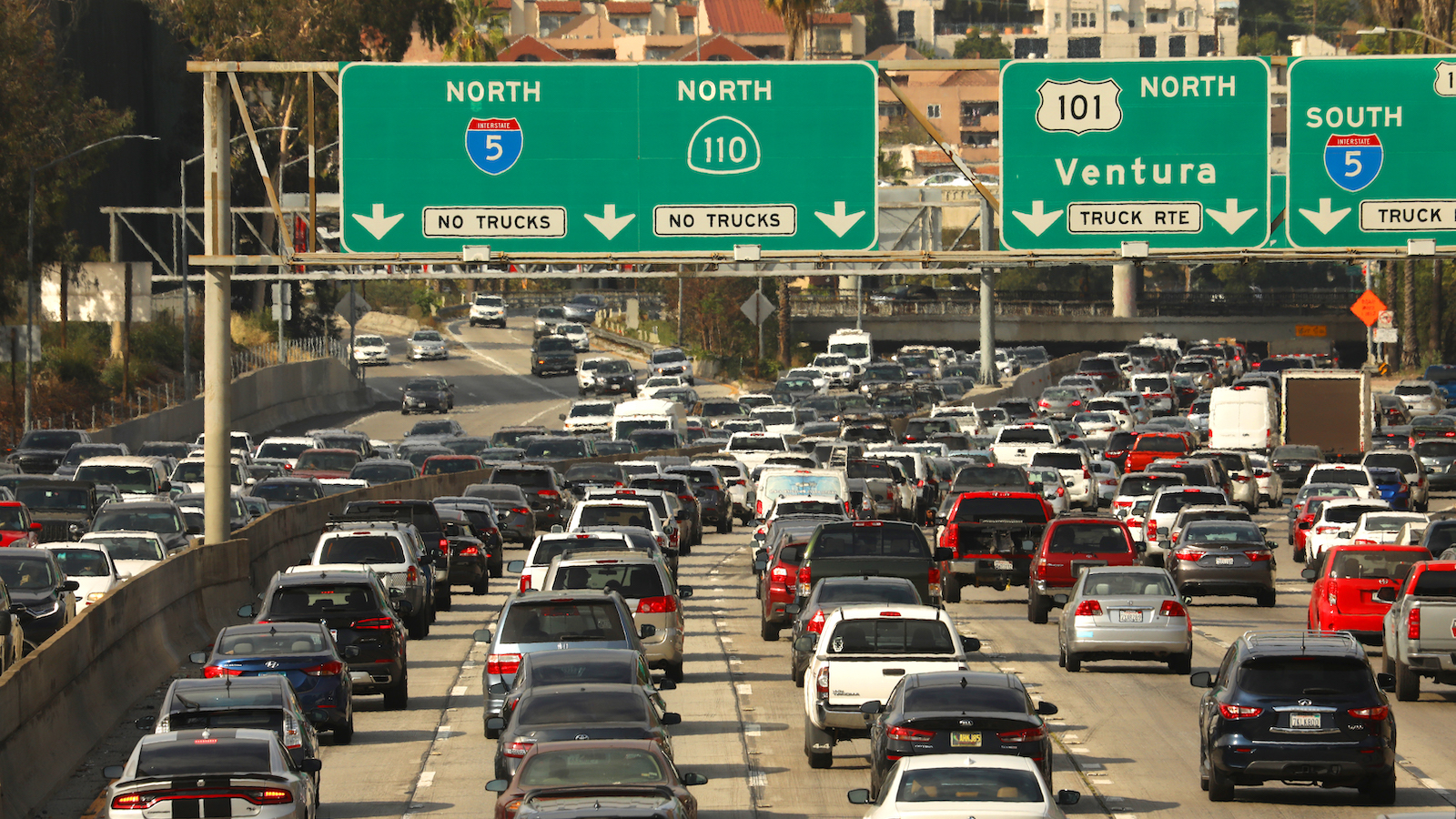This story was originally published by The Guardian and is reproduced here as part of the Climate Desk collaboration.
Almost 2,000 times more particle pollution is produced by tire wear than is pumped out of the exhausts of modern cars, tests have shown.
The tire particles pollute air, water, and soil and contain a wide range of toxic organic compounds, including known carcinogens, the analysts say, suggesting tire pollution could rapidly become a major issue for regulators.
Air pollution causes millions of early deaths a year globally. The requirement for better filters has meant particle emissions from tailpipes in developed countries are now much lower in new cars, with those in Europe far below the legal limit. However, the increasing weight of cars means more particles are being thrown off by tires as they wear on the road.
The tests also revealed that tires produce more than 1 trillion ultrafine particles for each kilometer driven, meaning particles smaller than 23 nanometers. These are also emitted from exhausts and are of special concern to health, as their size means they can enter organs via the bloodstream. Particles below 23 nanometers are hard to measure and are not currently regulated in either the European Union or United States.
“Tires are rapidly eclipsing the tailpipe as a major source of emissions from vehicles,” said Nick Molden, at Emissions Analytics, the leading independent emissions testing company that did the research. “Tailpipes are now so clean for pollutants that, if you were starting out afresh, you wouldn’t even bother regulating them.”
Molden said an initial estimate of tire particle emissions prompted the new work. “We came to a bewildering amount of material being released into the environment – 300,000 tons of tire rubber in the U.K. and U.S., just from cars and vans every year.”
There are currently no regulations on the wear rate of tires and little regulation on the chemicals they contain. Emissions Analytics has now determined the chemicals present in 250 different types of tires, which are usually made from synthetic rubber, derived from crude oil.
“There are hundreds and hundreds of chemicals, many of which are carcinogenic,” Molden said. “When you multiply it by the total wear rates, you get to some very staggering figures as to what’s being released.”
The wear rate of different tire brands varied substantially and the toxic chemical content varied even more, he said, showing low-cost changes were feasible to cut their environmental impact.
“You could do a lot by eliminating the most toxic tires,” he said. “It’s not about stopping people driving, or having to invent completely different new tires. If you could eliminate the worst half, and maybe bring them in line with the best in class, you can make a massive difference. But at the moment, there’s no regulatory tool, there’s no surveillance.”
The tests of tire wear were done on 14 different brands using a Mercedes C-Class driven normally on the road, with some tested over their full lifetime. High-precision scales measured the weight lost by the tires and a sampling system that collects particles behind the tires while driving assessed the mass, number, and size of particles, down to 6 nanometers. The real-world exhaust emissions were measured across four petrol SUVs, the most popular new cars today, using models from 2019 and 2020.
Used tires produced 36 milligrams of particles each kilometer, 1,850 times higher than the .02 milligrams per kilometer average from the exhausts. A very aggressive – though legal – driving style sent particle emissions soaring, to 5,760 milligrams per kilometer.
Far more small particles are produced by the tires than large ones. This means that while the vast majority of the particles by number are small enough to become airborne and contribute to air pollution, these represent only 11 percent of the particles by weight. Nonetheless, tires still produce hundreds of times more airborne particles by weight than the exhausts.
The average weight of all cars has been increasing. But there has been particular debate over whether battery electric vehicles, or BEVs, which are heavier than conventional cars and can have greater wheel torque, may lead to more tire particles being produced. Molden said it would depend on driving style, with gentle EV drivers producing fewer particles than fossil-fuelled cars driven badly, though on average he expected slightly higher tire particles from BEVs.
Dr James Tate, at the University of Leeds’ Institute for Transport Studies in the UK, said the tire test results were credible. “But it is very important to note that BEVs are becoming lighter very fast,” he said. “By 2024-25 we expect BEVs and [fossil-fuelled] city cars will have comparable weights. Only high-end, large BEVs with high capacity batteries will weigh more.”
Other recent research has suggested tire particles are a major source of the microplastics polluting the oceans. A specific chemical used in tires has been linked to salmon deaths in the U.S. and California proposed a ban this month.
“The US is more advanced in their thinking about [the impacts of tire particles],” said Molden. “The European Union is behind the curve. Overall, it’s early days, but this could be a big issue.”




